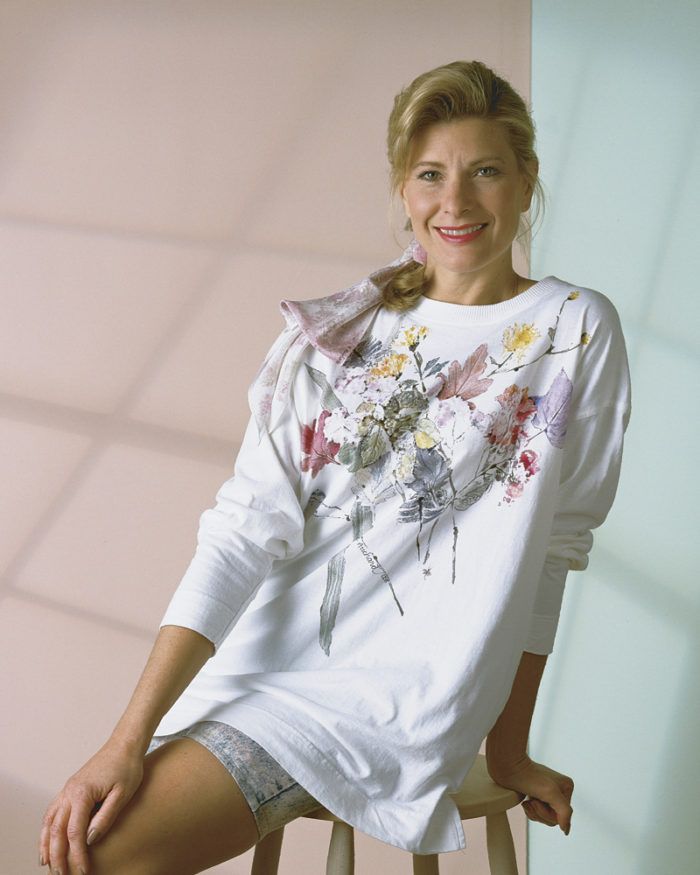How to Leaf Print on Fabric
Photosensitive dyes develop in sunlight
Synopsis: Dyeing fabric with photosensitive dyes, which develop in sunlight is an interesting way to embellish your garment. Author Betty Auchard shares her method for using photosensitive dyes.
I print with anything that grows. Fresh or dried flowers, leaves, weeds, and even slices of fruits and vegetables all make wonderful prints when coated with dye and pressed to cloth. When exposed to sunlight, the dye that makes printing so easy is called Inkodye, which develops into rich colors.
Working with Inkodye is fun, safe, and so easy that anyone can do it. If you’ve tried painting fabric with acrylic or fabric paint and found it messy to work with, slow to dry, or stiff on fabric, give Inkodye a try. It leaves the surface soft, dries quickly, and cleans up with water.
Working with dyes
Inkodye is a photo-reactive fabric medium that comes in twelve hues or colors, plus brown, black, and clear. Mixing a color with clear lowers the intensity or concentration of the hue, which is very strong if used undiluted. Applying Inkodye to dry fabric results in a sharp image; on wet fabric it gives a blurred image.
Unlike many other dyes, Inkodye doesn’t need steaming to set the color permanently. It sets best when exposed to strong sunlight.
If Inkodye is not sold in your local art supply store, you can order it from the manufacturer: Screen Process Supplies (530 MacDonald Ave., Richmond, CA 94801; 510-235-8330), or buy it at DharmaTrading.com. Sizes begin at four ounces for $11.95. To get started, you’ll probably want several colors in the smallest size, plus a larger amount of clear, which is less expensive. When you order, ask for an instruction sheet and a Material Safety Data Sheet, which explains that Inkodye contains no hazardous ingredients. Although Inkodye…
Start your 14-day FREE trial to access this story.
Start your FREE trial today and get instant access to this article plus access to all Threads Insider content.
Start Your Free TrialAlready an Insider? Log in

































I can't decide which technique I want to try first! What I appreciate about your magazine and the ideas is that your ideas are beautifully done and sophisticated. I really do not like "cutesy". Thank you so much for the great ideas and techniques to create good looking clothing and projects.